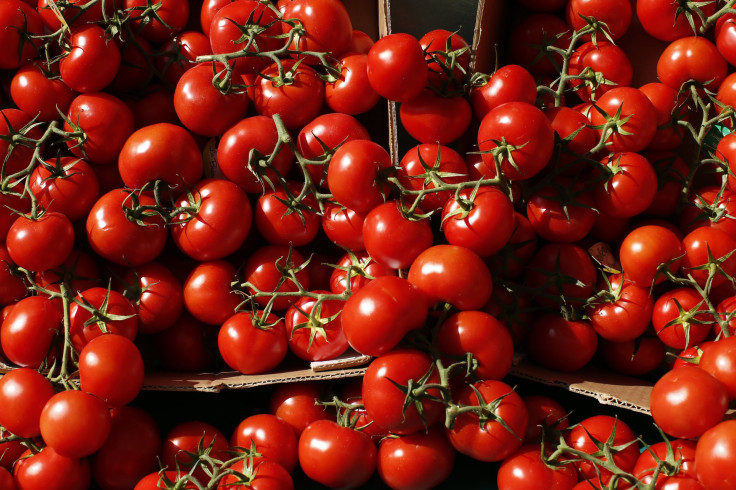Scientists trace activity of cancer-fighting tomato component in humans

A team of scientists has developed tomato cultures that allowed them to trace the movement of lycopene, known to reduce the growth of prostate tumors, inside the human body.
In what could be considered the most thorough study of lycopene metabolism that has been done to date, the research conducted by University of Illinois scientists seeks to understand how the red pigment found in tomatoes reduces prostate cancer risk and its severity. Their findings will enable them to develop evidence-based dietary recommendations for prostate cancer prevention, according to the team.
“With this tool, we can trace lycopene’s absorption, biodistribution, and metabolism in the body of healthy adults. In the future, we will be able to conduct such studies in men who have prostate cancer and gain important information about this plant component’s anti-cancer activity,” says John Erdman Jr., an emeritus professor of nutrition in the university.
Erdman and his team began developing the tomato cultures that yield heavier, traceable carbon molecules about 10 years ago. They grew the best lycopene producers with non-radioactive carbon-13 sugars, allowing carbon-13 to be incorporated into the lycopene molecules. Because most carbon in nature is carbon-12, the lycopene containing heavier carbon atoms is easy to follow in the body.
For the study, the researchers followed lycopene activity in the blood of eight persons by feeding them lycopene labeled with the non-radioactive carbon-13. The team then drew blood hourly for 10 hours, followed with additional blood draws after one, three and 28 days.
According to the researchers, most tomato lycopene that people eat exists as the all-trans isomer, a rigid and straight form. However, in the bodies of regular tomato consumers, most lycopene exists as cis isomers, which tend to be bent and flexible. Since cis-lycopene is the form most often found in the body, some investigators think it may be the form responsible for disease risk reduction, the team says.
By mathematically modeling the participants’ blood carbon-13 lycopene concentration data, the researchers found that there is more cis-lycopene in the body, likely due to its conversion from all-trans lycopene. This occurs soon after people absorb lycopene from food, the researchers note.
“The results provide novel information about absorption efficiency and how quickly lycopene is lost from the body. We determined its half-life in the body and now understand that the structural changes occur after the lycopene is absorbed,” Erdman explains.
Lycopene, a pigment that helps give red fruits and vegetables their colour, is considered as one of the free radical-fighting antioxidants. Scientific studies show that lycopene helps prevent prostate, lung and stomach cancers. While the best and most known sources of lycopene are tomatoes and tomato products, small amounts can also be found in guava, watermelon and pink grapefruit.
Contact the writer at feedback@ibtimes.com.au or tell us what you think below.




















